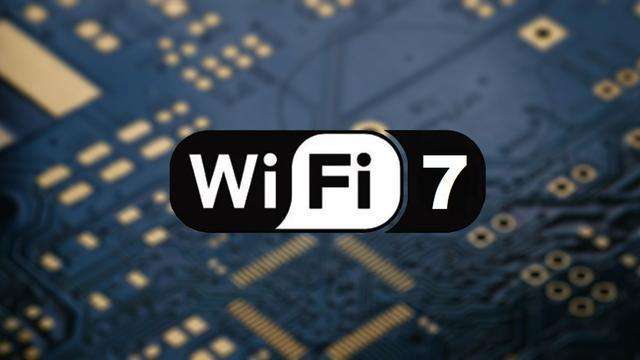Where is WiFi 7 better than WiFi 6? Do you need to change?

WiFi 7 has now become one of the hottest topics, especially after Qualcomm, H3C and other manufacturers released WiFi 7 commercial solutions, the discussion about WiFi 7 has been detonated again. So, what progress does WiFi 7 have over WiFi 6? Is WiFi 7 currently needed for the average home user? Today we are going to talk about this topic.

First of all, let's see what progress WiFi 7 has made compared to WiFi 6. Compared with WiFi 6's limit wireless transmission rate of 9.6Gbps, WiFi 7's wireless transmission rate goes further, up to 30Gbps.
The improvement of wireless speed is inseparable from the expansion of frequency bands, wireless channels, and the upgrade of modulation methods. In addition to the traditional 2.4GHz, 5GHz, and the 6GHz dedicated to WiFi 6E, WiFi 7 incorporates the 6GHz frequency band into the regular frequency band in addition to maintaining the traditional 2.4GHz and 5GHz frequency bands.
In terms of wireless channels, WiFi 6 can use up to 160MHz channels, while WiFi 7 can use up to 320MHz channels, doubling the number of channels that can be used for data transmission. In terms of modulation method, WiFi 7 has evolved from the original 1024-QAM to 4096-QAM, which is a lot of improvement for the wireless transmission rate.
However, judging from the feedback from users around you, the upgrade from WiFi 5 to WiFi 6 does not seem to change the Internet experience, and the speed is not as fast as advertised. So, what is the use of WiFi 7 for ordinary users? WiFi 7 is mainly used for intranet transmission and AR or VR devices in home scenarios. Users of their own NAS can access the data saved in the NAS through WiFi through mobile phones, computers, tablets and other devices faster. In addition, for AR or VR devices, more data can be obtained at a faster rate, and users can be provided with lower latency, making the AR or VR experience a higher level.
Perhaps in the early days of WiFi 7, home users did not perceive that the Internet has become faster. But for industry users, WiFi 7 provides a new idea for the industry's scenario-based applications, the speed from edge to cloud is faster, the collaboration delay between industrial Internet devices is lower, and the 4K and 8K live broadcast is smoother. Or video conferencing, telemedicine is more convenient….
In general, home users don’t have to follow the trend to pursue WiFi 7 devices, and WiFi 7 is more useful for industry users!